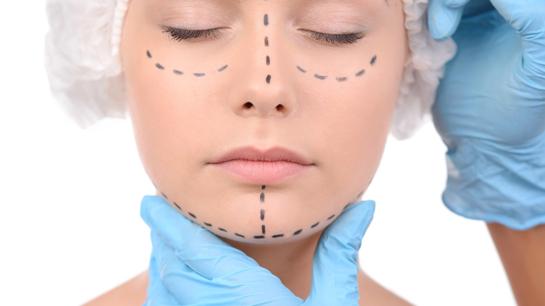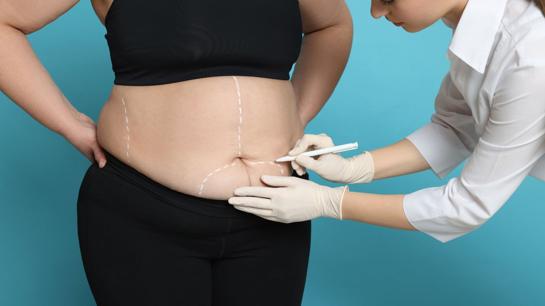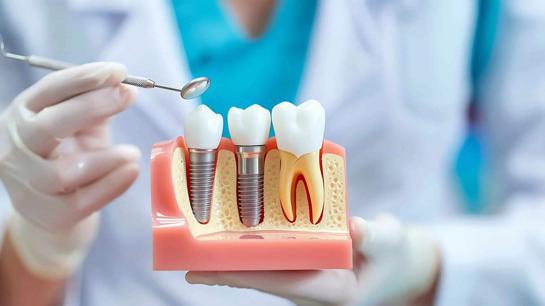Invisalign Abroad Guide
Wondering about Invisalign abroad? Get honest insights on dental tourism, costs, patient experience, aftercare and risks, plus what to expect from clear aligner treatment at a modern dental clinic abroad.
Why Are So Many People Even Considering Getting Invisalign Abroad?
Let’s start here. Why would anyone fly halfway around the world just to straighten their teeth?
It might sound strange at first. But if you’ve ever found yourself tallying up the bill for Invisalign at home and feeling slightly sick to your stomach—well, you get the appeal. In places like the States or the UK, clear aligners can cost as much as a used car. And if you’ve ever been told it’ll be months before you can even see an orthodontist? Frustrating doesn’t begin to cover it.
So you start Googling phrases like “dental tourism,” or maybe you see someone online talking about their invisible braces adventure in a sun-soaked country you can barely place on a map. Suddenly, it doesn’t feel so crazy anymore.
But is it safe? Practical? Even wise? There’s a lot to unpack.
Dental Tourism: Not Just a Buzzword
First—what’s “dental tourism” anyway? In plain English: it’s heading overseas for dental treatment, whether for a quick fix, a major overhaul, or, yes, those coveted clear aligners. For some, it’s about saving cash. For others, it’s about getting seen fast, or just wanting a different approach to care.
Is it just about money? Usually not. Although, let’s not kid ourselves—the savings can be dramatic. But there’s also something appealing about being treated as a guest, not just another rushed patient. More on that in a second.
Why Invisalign? Why Not Just Braces?
So why is everyone talking about aligners like they’re the holy grail? Well, for adults especially, metal brackets are... let’s say, less than ideal. Invisalign, or similar systems, are see-through, removable, and (let’s be honest) less embarrassing in meetings or selfies. You get new, custom trays every few weeks and watch your teeth shift into place without anyone else really catching on.
But, there’s a catch: they cost a lot. Sometimes insurance doesn’t help. Sometimes, it’s just flat-out out of reach. Which brings us back to the idea of a dental vacation.
What’s the Attraction of Going Abroad, Anyway?
Here’s why people keep looking farther afield:
1. Cost Cuts—And Not Just a Little
At home, Invisalign can eat up $4,000, $6,000—even $8,000. Dental clinics in popular tourism countries? Sometimes less than half that. And not because the care is worse—often, it’s simply a cheaper place to run a clinic. Labor’s less, overhead is lower, and clinics compete hard for foreign patients.
2. Skipping the Backlog
In some places, you wait ages just for the first consult. Clinics that cater to traveling patients know you’re on a schedule. They move fast. Some can have you scanned and starting treatment in a single, well-planned visit.
3. High-Tech Equipment in Surprising Places
You might be picturing dusty backrooms, but that’s out of date. Many clinics abroad have the same 3D scanners, digital design stations, and lab partnerships you’d find back home (sometimes they’re even newer). You get to see your whole smile transformation mapped out before anyone touches your teeth. It can be oddly reassuring.
4. Patient Experience is Center Stage
There’s something refreshing about not feeling “processed.” International clinics know they live or die by reputation. They walk you through options, explain every step, and aren’t shy about answering lots of questions. It can be less rushed, more personal.
5. A Bit of Adventure (But Don’t Get Carried Away…)
Honestly, some people make a trip out of it—why not? But don’t let the “holiday” part distract you. This is your mouth, after all. Good clinics discourage reckless sightseeing immediately after treatment. You’re there for care, first and foremost.
What Does the Whole Process Look Like?
Let’s walk through it, step by step (with a few honest detours):
1. The Research Rabbit Hole
Most people don’t wake up and book a flight. They start with obsessive research—checking clinic credentials, reading stories (good idea), and sending emails loaded with awkward questions.
2. The Video Meetup
Clinics worth your trust will schedule a pre-trip video chat. They’ll want your dental history, x-rays, maybe some photos where you’re awkwardly baring your teeth at your phone. It’s not glamorous, but it gets the job done.
3. First Appointment(s) Abroad
Usually, you’ll get digital scans done (much easier than goopy impressions of days past), and the orthodontist runs through your options and timeline again. If all checks out, those custom trays are ordered.
Depending on the clinic (and how long you’re able to stay), you might receive your first sets right there. Sometimes they have to be shipped later. Flexibility is key.
4. Treatment Phase—Where It Gets Real
Aligners are swapped every week or two. Now, if you live close enough or are staying a while, you might check in at the clinic a few times. Most travelers only come for milestones—most of the “rotation” is managed with remote support: sending in photos, maybe video calls, and sometimes plugging in with a local dentist for minor tweaks.
If you lose an aligner or hit a snag, that’s when you realize the downside: it’s not as easy as walking across town for a fix-up.
5. The Endgame: Retainers and Check-Out
After the aligners have done their job, it’s retainer time. Usually there’s another trip, or the retainer is posted to you. Fitting one remotely is tricky—but clinics have creative solutions now, from 3D-printed trays to partnering with local dentists.
Behind the Scenes: Who’s Actually Treating You?
This is non-negotiable: the lead on your Invisalign case should be an orthodontist. Not just a general dentist who’s “done the course.” The best clinics are forthcoming about staff credentials, and international exposure is a positive sign. Ask to see accreditations and, if possible, demand bios for anyone overseeing your treatment.
And the facility itself? Modern. Clean. Digital workflows should be visible (watch for that 3D scanner—if they’re still using old-school impressions, be skeptical). Everyone should be comfortable in English—or your language of choice, if not.
What Are the Risks? You’d Be Silly Not to Ask
Let’s not sugarcoat:
- If a tray doesn’t fit, or you lose one in a cab, fixing it from thousands of miles away isn’t quick.
- Not every local dentist can or will help with a case started overseas. Some aren’t trained or don’t want to work with unfamiliar systems.
- If you need mid-treatment tweaks—like attachments added or teeth re-scanned—you may have to return.
- Legal options, should anything major go wrong, are… complicated.
But most people who do their homework do fine—it’s usually hassle, not danger, that’s the risk.
How Does Invisalign Abroad Stack Up to Home Treatment?
| Factor | At Home (US/UK/Canada) | Abroad (Dental Tourism) |
|---|---|---|
| Cost | $4,000–$8,000+ | $1,500–$4,000 usually |
| Wait Time | Sometimes a month or more | Days to weeks for consult |
| Tech Level | Generally top tier | Often just as good, sometimes newer |
| Staff | Certified orthodontists | Confirm this—should be same |
| Aftercare | Easy, regular, in-person | Can be tricky, watch for gaps |
| Insurance | Sometimes helps | Rarely reimbursed; self-pay |
| Travel Factor | Minimal | Need flexibility, planning |
How Do You Know a Clinic is For Real?
Spot the red flags:
- Vague about who does what
- No international certifications
- Bulky, outdated tech
- Reluctant with pricing or aftercare details
And the green lights?
- Upfront with bios, happy to show their workflow
- Clean, efficient, and organized
- Happy to coordinate with your home dentist
- No high-pressure sales tactics
The Less-Discussed Realities (Random Notes You’ll Be Glad You Knew)
- Not everyone is a good candidate for aligners—especially if your case is complex. Get a second opinion.
- Travel messes with schedules—plan flights and appointments with breathing room.
- Remote monitoring sounds great until you try sending a dozen weird photos of your molars using your phone camera. Patience is key.
- Diet changes are gentler than with braces, but you’ll still need to get used to popping aligners in and out. Eating on the road can be awkward.
So, Who Actually Goes Down This Road?
Usually, it’s adults who’ve put off (or lost out on) orthodontics as teenagers, or who want subtle corrections without the drama of braces. Some are expats or frequent travelers. Some are just practical: if a trip abroad pays for itself in dental savings, it’s tempting—and sometimes the only way.
In Closing: What’s the Bottom Line?
Dental tourism for Invisalign or clear aligners can absolutely make sense. It’s not wildly risky, and it’s not just for globetrotters with money to blow. But—you have to do your research, and you have to be a flexible, well-organized patient. Aftercare can be the hardest part. You’re trading routine convenience for upfront savings and sometimes a richer experience.
If you want a “set and forget” solution, staying home wins. If you’re open-minded, detail-oriented, and okay with a little complexity (and travel), you might just end up grinning all the wider.
You only get one smile. Whichever path you pick, may it lead to confidence, comfort, and a story you’re proud to share—because that, in the end, is something a price tag can’t measure.





















